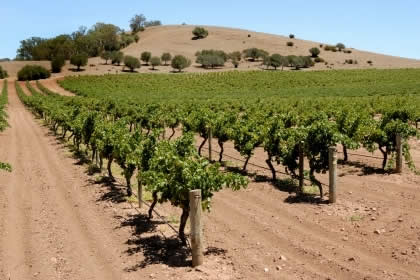New Zealand Transportation
New Zealand is accessible to international travelers by air.
The country’s national airline, Air New Zealand, operates regular flights to 26 international destinations and 27 locations within New Zealand. Its route network focuses on flights within New Zealand and its closest neighbors, Australia and the South Pacific. However, the airline also offers longer flights to and from North America, and European and Asian countries. New Zealand’s main international airport is located in Auckland, but there are also international airports at Christchurch, Dunedin, Hamilton, Queenstown, Wellington, and the country’s newest international airport, Rotorua. In fact, New Zealand has more than 100 international and smaller domestic airports dotted around the country, which help to connect the country’s North and South Islands.
If time permits, ferries are more scenic transport alternative. Ferries travel regularly between Wellington and Picton, and between several suburbs of Auckland to most islands in the Hauraki Gulf. Most tourists visiting New Zealand hire rental cars or campervans to explore the island’s at their own pace. Major rental car companies are located in the international airports, including 1st Choice Rental Cars, ABC Car Rentals, and Rent-a-Dent. Once you receive your rental vehicle, it’s important to understand a few rules about driving in New Zealand. International travelers can drive on New Zealand’s roads for up to 12 months using a current driver’s license printed in English or an International Driving Permit.
Drivers must keep their license with them at any time they are behind the wheel, and always drive wearing a seatbelt.
The main roads in New Zealand are sealed, but those in rural areas may not be. All are signposted. Like their neighbors in Australia and many South Pacific nations, New Zealanders drive on the left side of the road. The maximum speed in urban areas is 50 km/h, but it is 100 km/h on open roads and highways. This speed should be decreased in poor conditions. In winter, some roads, especially in mountainous areas, are prone to snow and ice. Visibility may be reduced on New Zealand’s narrow or winding roads. In rural areas, drivers may also need to negotiate dusty, unsealed roads or livestock. Road signs will alert you of driving routes that may require extra care. Buses are the most common form of public transport in New Zealand. Regular buses allow travelers and locals to get around the major tourist centers, while long-distance and coach services help tourists take trips between New Zealand’s biggest towns. In Auckland you’ll catch the Maxx buses, Wellington has the Metlink, and Christchurch has the Metro. Bus travel is an inexpensive option, with a fare for each travel sector costing between $1.50 and $3 NZD. When visiting Christchurch and Auckland, there’s an even cheaper option. Both cities run free inner-city bus loops which make stops at all major attractions.
While they’re not as cheap, taxis are a convenient option for traveling anywhere you want to go. You can expect to pay between $2 and $3 NZD for each kilometer traveled in the city. As taxi companies are busiest on Friday and Saturday nights, it’s worth calling in advance to reserve a taxi. The major metropolitan centers of Auckland and Wellington also have train networks, which travel from the inner city to selected suburbs. While they do not have commuter trains, Christchurch and Wellington are serviced by trams and cable-cars. For longer journeys, travelers can take the TranzAlpine and TranzCoastal trains in the South Island, or the Overlander in the North. TranzScenic Rail has details of these traveler services, including prices and timetables.
